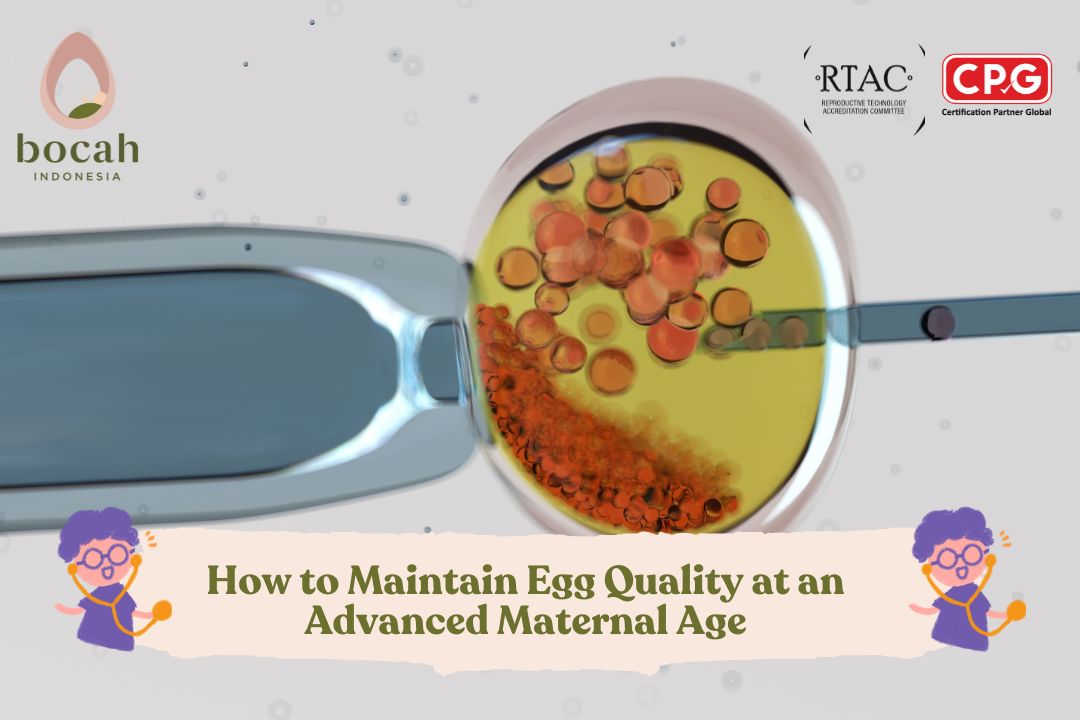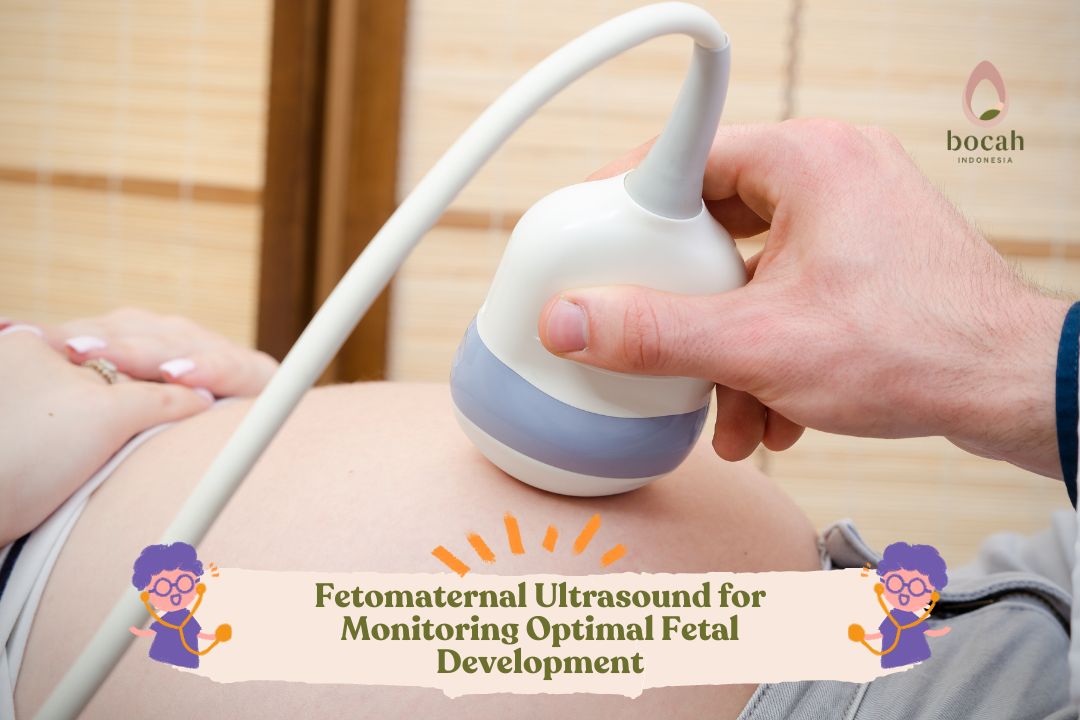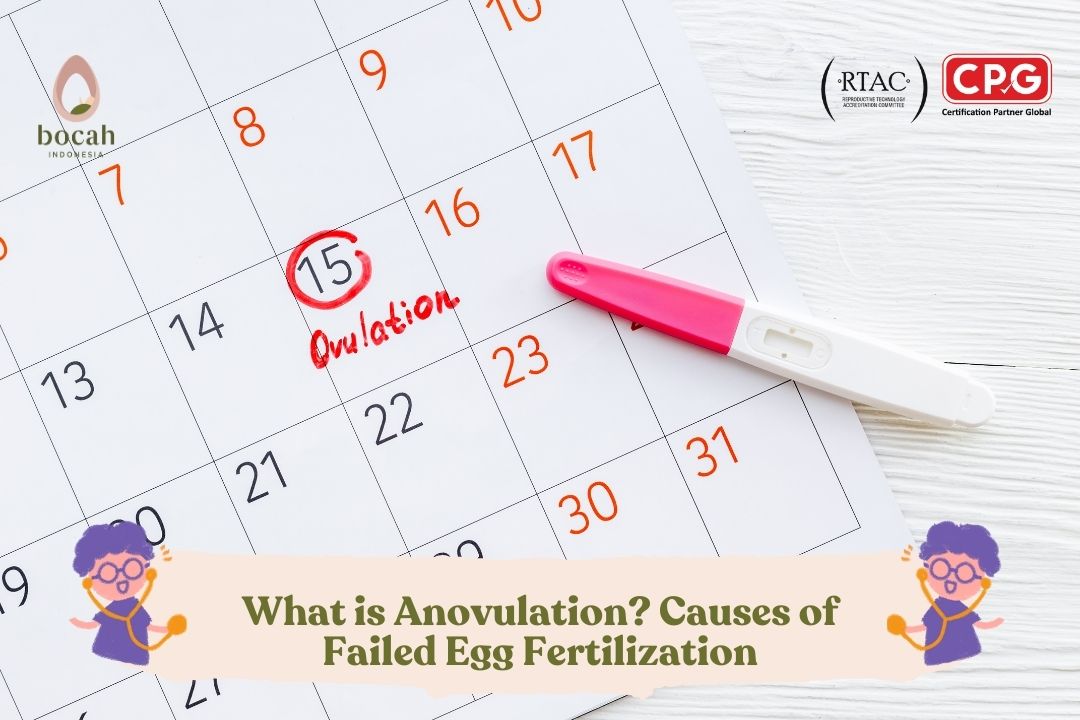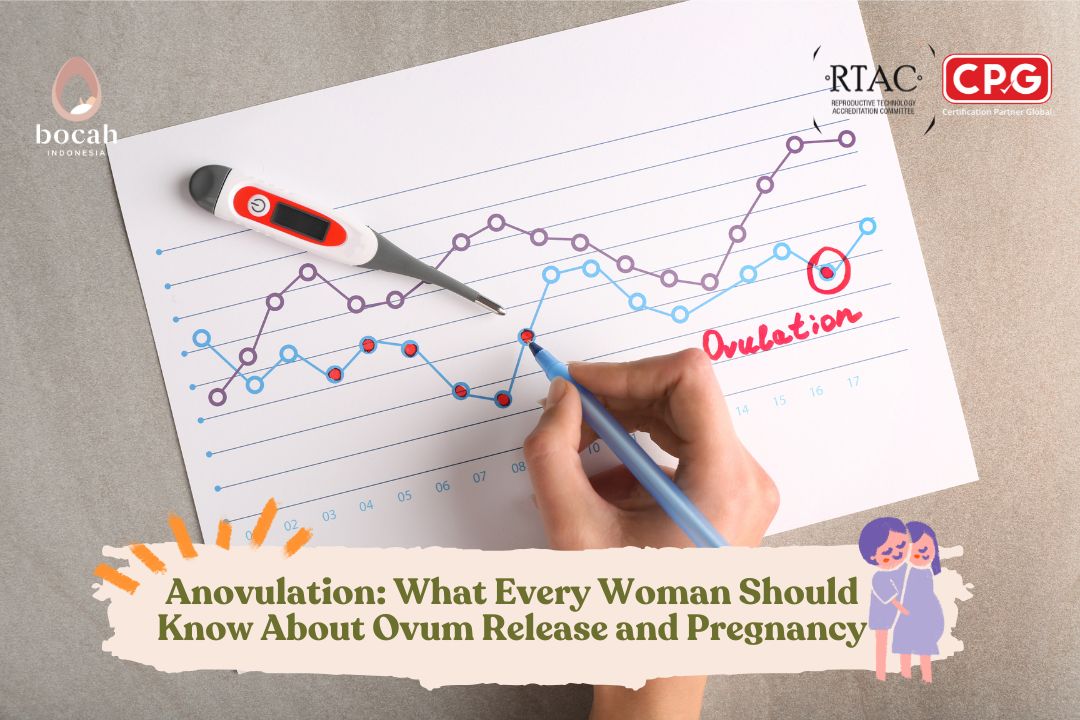Understanding the Blastula Phase in Maternal Embryo Development

The blastula phase is one of the developments of the embryo. Find out about the stages of embryo development below.
During pregnancy, the terms embryo and fetus are used to refer to different stages of development. Embryo is the term used in the first 2 to 8 weeks after fertilization, while fetus is used after 8 weeks of pregnancy or around 11 weeks after the mother’s last menstrual period.
During the embryo stage, basic body systems are forming, while during the fetal stage, major growth and development occur. It is important to understand these differences because maternal care during pregnancy must be adapted to these developmental stages. The following will discuss embryo development.
Stages of Embryo Development
The embryo goes through 4 stages: first is the morula phase, followed by the blastula phase, gastrula phase, and finally the organogenesis phase. The following will be explained in detail about the 4 stages of embryo development.
-
Morula Phase
In the morula phase, the zygote, initially consisting of a single cell, begins mitotic division, producing a number of new cells called blastomeres. This results in about 16 blastomere cells with a dense nature.
Tanya Mincah tentang Promil?
Subsequently, these blastomere cells join together to form a round structure called the morula, resembling a small berry shape without a cavity.
-
Blastula Phase
After the morula phase, the next development is the blastula phase. The formed morula will continue to divide and form around 100 cells. With this large number of cells, they will form cavities within them called the blastula.
This blastula is usually a spherical cell layer or known as the blastoderm, surrounding a fluid-filled cavity. The embryo forms a new structure called the blastocyst at this stage, which can be marked by a mass inside the cell that is clearly different from the outer part of the blastula.
During the rapid division process, cells are found dividing without adding to the total mass, meaning that this process is just a single large dividing zygote into several smaller cells. Each cell in this blastula can be called a blastomere.
The formed cells will develop and form the human embryo, while the outer cells will become the placenta, which functions as a connection for blood circulation and metabolism between the embryo and the mother.
-
Gastrula Phase
In the gastrula phase, cells originating from the blastula undergo reorganization that results in three germinal layers. These layers are also known as embryonic layers that will form various tissues and organs in the embryo. These layers are:
-
Ectoderm, which will become the outermost layer of the embryo.
-
Mesoderm, which will form the middle layer of the embryo.
-
Endoderm, which is the inner layer that will develop into the main organs in the fetus.
-
Organogenesis Phase
The final stage of embryo development is organogenesis. In this stage, the body organs begin to form gradually from the three germinal layers formed earlier. Each germinal layer will produce various different organs, including:
-
Ectoderm, which will form the skin, eyes, nervous system, and inner ear.
-
Mesoderm, which will serve as the basis for muscles, blood cells, excretory system, and reproductive organs.
-
Endoderm, which will form the digestive system, lungs, pancreas, thyroid gland, liver, and reproductive organs.
Embryo Health Factors
Early-stage embryo development is highly vulnerable to genetic abnormalities and environmental exposure that can affect this process. Some factors affecting embryo health are as follows.
-
Genetic Abnormalities
Genetic abnormalities can occur in embryos due to spontaneous genetic mutations or chromosomal abnormalities. Spontaneous genetic mutations are random genetic changes that can affect organism development.
Meanwhile, chromosomal abnormalities such as trisomy (e.g., Down syndrome) or monosomy (loss of one chromosome) can have significant effects on organism development, including important structures such as the heart or brain.
-
Environmental Exposure
The environment also plays a crucial role in embryo development. Environmental factors such as malnutrition, infections, diseases, and exposure to toxins can have damaging effects.
For example, a lack of essential nutrients like folic acid during pregnancy can lead to abnormalities in spinal cord development (spina bifida). Infections like rubella (German measles) during pregnancy can also interfere with embryo development. Exposure to toxins such as alcohol, smoking, or certain drugs can also harm the embryo.
Environmental factors can also affect genetic expression. In other words, even though an individual may have normal genes, certain environmental factors can turn on or off specific genes, which in turn can affect embryo development.
Due to the sensitivity of embryos to genetic abnormalities and environmental exposure, it is crucial for mothers to take good care of themselves and avoid risk factors such as alcohol, smoking, certain drugs, as well as receive appropriate prenatal care during pregnancy.
So, that was a general overview of the various stages and phases of embryo development and how to care for the embryo to support a healthy pregnancy. If parents are looking for a fertility program or infertility treatment, read more information on the Bocah Indonesia website.
Source:
- Browne W.E. et al. (2005). Stages of Embryonic Development in the Amphipod Crustacean, Parhyale hawaiensis.https://onlinelibrary.wiley.com/doi/epdf/10.1002/gene.20145
- Hall T.E. et al. (2004). Stages of Embryonic Development in the Atlantic Cod Gadus morhua. https://onlinelibrary.wiley.com/doi/epdf/10.1002/jmor.10222
- Kimmel C.B. et al. Stages of Embryonic Development of the Zebrafish. anatomypubs.onlinelibrary.wiley.com/doi/epdf/10.1002/aja.100203030
- Cherry, Kendra, MSEd.(2023). Very Well. Stages of Prenatal Development
- Mittelmark, Raul Artal (2022). MSD Manual. Physical Changes During Pregnancy









